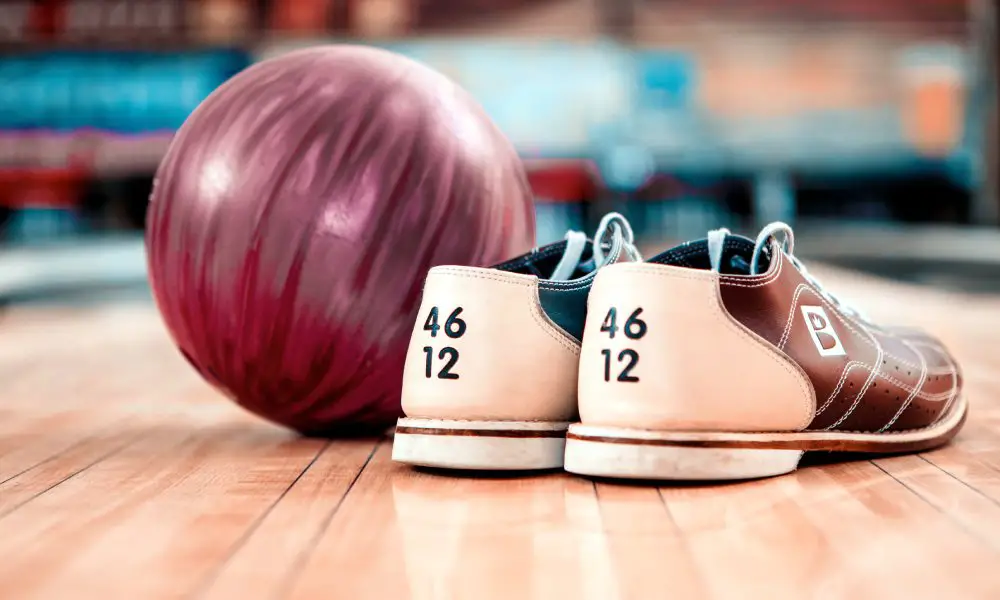

Bowling is a game most people have played at least once in their lives, whether on a school field trip or during a family outing. But have you ever stopped to wonder about the origins of this popular game?
Rolling balls, knocking down pins—these activities aren’t just things modern people do for fun. In fact, bowling has a long and interesting history that dates back thousands of years. For centuries, people have been finding ways to roll balls and knock things down for sport, making it one of the oldest games in existence. Let’s take a closer look at the history of bowling and how it’s evolved into the modern-day version we know and love.
Bowling traces its roots to ancient Egypt. Archaeologists found evidence of a rudimentary bowling game played by Egyptians over 5,000 years ago. These early enthusiasts used stones and pins made from various materials. It’s incredible to think that a game so popular today began in ancient sands.
Fast forward to medieval Europe, where bowling took the form of a game called “skittles.” This version involved rolling a ball to knock down pins, much like today. Skittles became popular in England and Germany, and the game spread across the continent. By the time it reached America with European settlers, it had already become a beloved pastime.
In the early 19th century, bowling was a common sight in American taverns and social clubs. Initially, the game featured nine pins, but legal restrictions led to the addition of a tenth pin to circumvent gambling laws. This modification laid the foundation for the modern 10-pin bowling we know today. New York established the first standardized rules in the 1890s, cementing the game’s structure.
In the early 20th century, sportv ao vivo bowling alleys started popping up all over America. These dedicated spaces for playing and watching bowling were a hit and soon became hotspots for socialization and competition. The introduction of the first automatic pin-setting machine in the 1940s revolutionized the game, making it more efficient and accessible to players of all ages and abilities.
Today, bowling alleys feature sleek lanes, automated scoring systems, and high-tech equipment. But it wasn’t always this way. The first modern-day bowling balls were made from a type of wood called lignum vitae, which was hard and dense. Since then, bowling ball technology has come a long way. Now, we see balls made from a variety of materials, including plastic, polyester, and urethane.
Bowling pins have also evolved from their humble beginnings as handmade wooden pins to highly engineered plastic and synthetic models. These modern pins are more durable and provide a consistent experience for bowlers.
The invention of modern-day bowling didn’t stop at equipment. Modern bowling alleys are equipped with advanced scoring systems, automated pinsetters, and sleek lanes. Bowling has evolved into a sport with leagues, tournaments, and televised events, bringing together people from all walks of life.
The history of bowling, from ancient Egypt to today’s high-tech lanes, has a timeless appeal. Whether you’re a casual player or a league regular, understanding the evolution of this beloved game can help you appreciate it even more.
American families are once again juggling the seasonal custom—and financial burden—of back-to-school shopping as the…
Want to bond over unexpected activities? Look at these unconventional ways to connect with your…
Burnout isn’t just something that happens to CEOs. For moms homeschooling littles, it’s a very…
When it comes to long-distance motorcycling, comfort, reliability, and smart engineering can make or break…
Flowers have seen significant transformation over time; online flower shopping is increasingly common now for…
Learn essential first-time landlord tips for success, from tenant screening to property maintenance. These strategies…